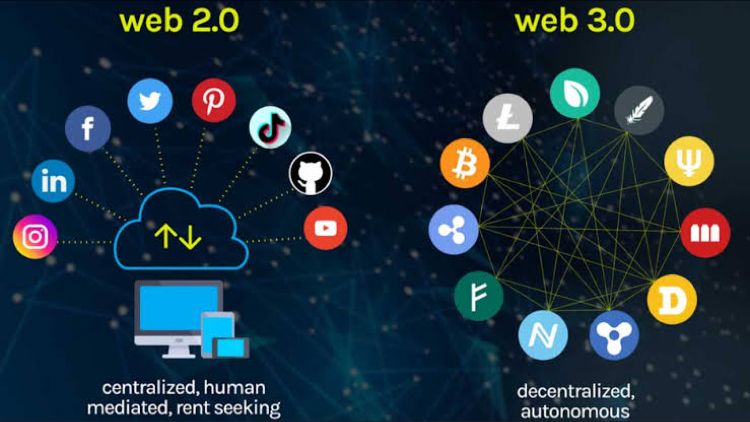🌐 Decentralized vs Centralized Web: Navigating the Digital Landscape 🌐
Introduction:
In the sprawling universe of the internet, two paradigms reign: the centralized web and the decentralized web. Each embodies a distinct philosophy and approach to digital interactions. Let's embark on a comparison journey to understand the fundamental differences and implications of these two approaches.
🕸️ Centralized Web: The Hub of Control🕸️
Central Authority:
In the centralized web, authority rests in the hands of a single entity or organization. This entity controls data, services, and user interactions within the platform.
Data Dependency:
Centralized platforms store user data on their servers, requiring users to entrust their information to a third party. This model can raise concerns about privacy, security, and potential data misuse.
Scalability:
Centralized platforms can offer consistent performance and scalability, as resources are controlled and managed by a single entity. However, rapid growth might lead to resource constraints and downtimes.
Efficient Governance:
Centralized platforms have the advantage of streamlined governance and decision-making. Updates, features, and changes can be implemented swiftly by the controlling entity.
Single Point of Failure:
The Achilles' heel of centralization is vulnerability. A single point of failure can disrupt the entire platform, affecting user access, data integrity, and functionality.
🌿 Decentralized Web: The Network of Empowerment🌿
Distributed Authority:
In the decentralized web, authority is distributed across a network of participants. No single entity holds absolute control over data or services.
Data Sovereignty:
Decentralized platforms prioritize user ownership and control over data. Data is often stored on a blockchain or distributed network, giving users greater autonomy.
Resilience and Redundancy:
Decentralization promotes resilience. No single point of failure exists, as data and services are distributed across a network, making the platform more resistant to outages.
Democratic Governance:
Decentralized platforms often involve community-driven decision-making. Updates and changes require consensus among participants, fostering a more democratic governance model.
Trust and Transparency:
Decentralization promotes transparency, as actions on the network are often publicly verifiable. Users can trust that interactions are not manipulated behind closed doors.
🏁 Choosing Your Path🏁
Choosing between the centralized and decentralized web depends on your goals, values, and the nature of your project. Centralized platforms offer efficiency and control, while decentralized platforms prioritize user empowerment and resilience.
The choice between centralization and decentralization is a reflection of how you envision digital interactions – as a controlled hub or an empowered network. 🌐🕸️ #CentralizedWeb #DecentralizedWeb #DigitalLandscape #UserEmpowerment
.png)
